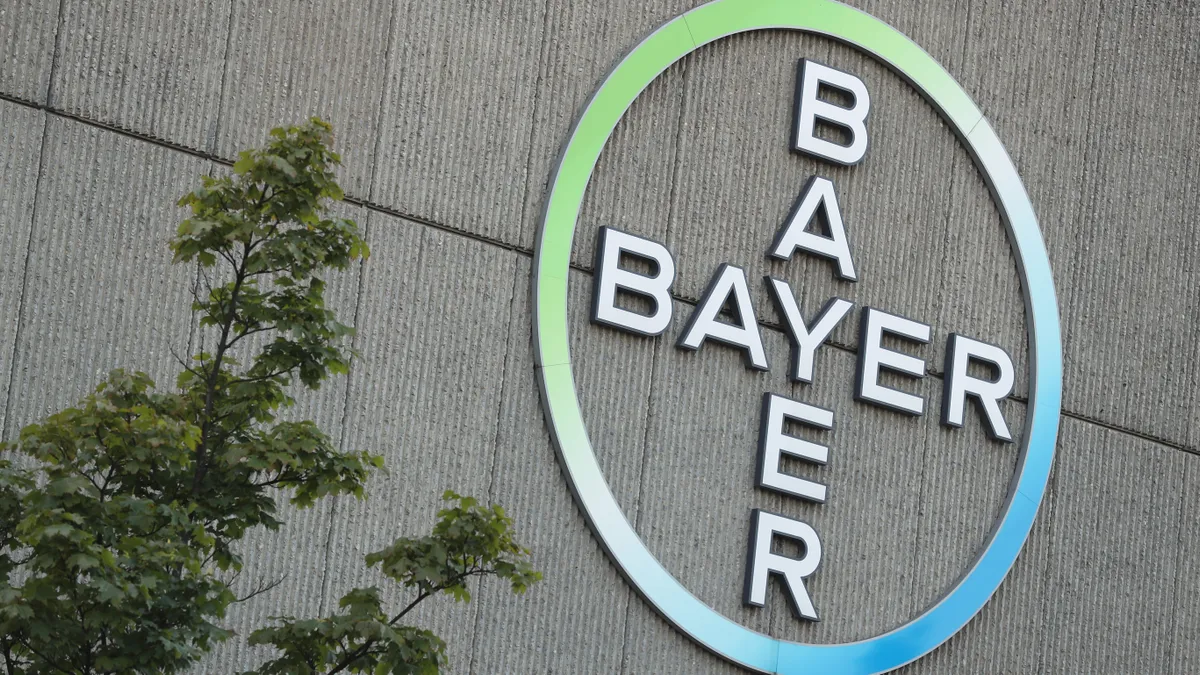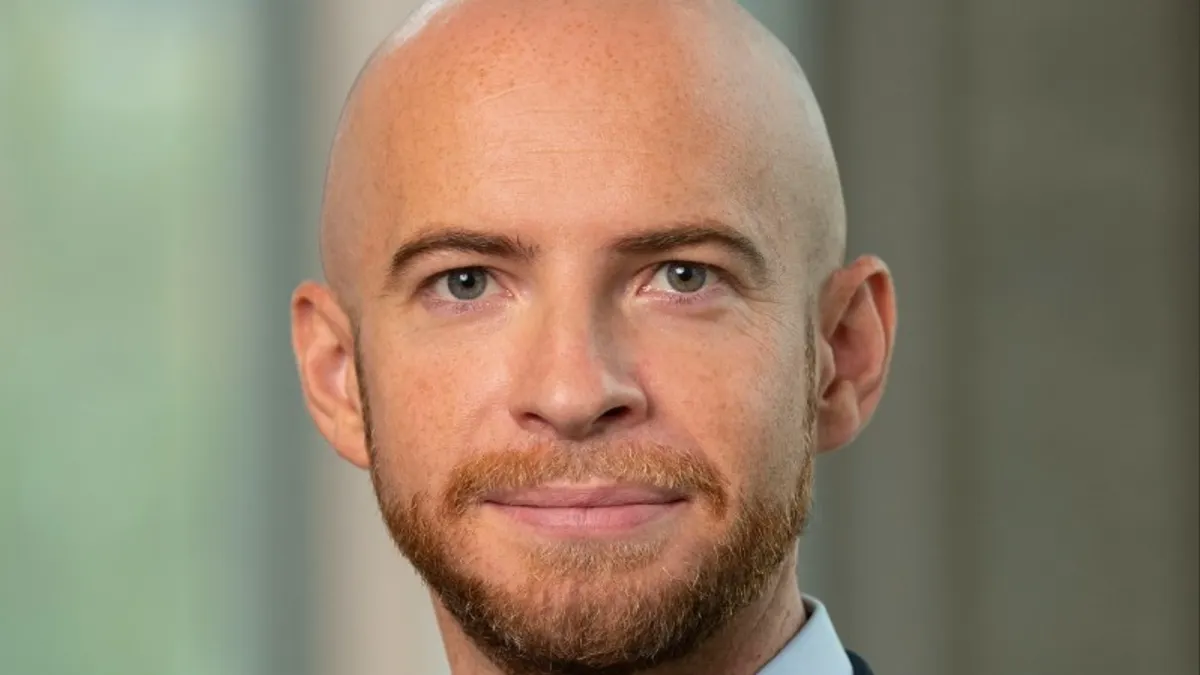While cell and gene therapies represent some of the most exciting scientific breakthroughs in pharma, they’re not always a commercial success.
One of the biggest obstacles to uptake has been cost, with each new gene therapy out-doing the last in terms of price. For a successful launch, a game-changing innovation isn’t always enough, and developing a sound commercial strategy is critical even when therapies are still in development.
Internal alignment across the organization during clinical development and nimbleness in the growth stage should be top priorities, according to executives from Bayer, Kite Pharmaceuticals and Orca Bio, who shared their best practices during a virtual discussion at the ThinkLive Cell and Gene Therapy Summit 2024 last week.
Commercial considerations from the top
In the last few years, Bayer has jumped headfirst into the cell and gene therapy space, laying down $600 million to acquire BlueRock Therapeutics in 2019 and picking up Asklepios BioPharmaceutical in a $4 billion deal in 2020.
“We're focusing on Parkinson's disease and chronic heart failure,” Doug Danison, head of commercial for the cell and gene therapy unit, said during the panel. “And as you can imagine, those are relatively large indications for a large number of patients. So that impacts how we think about preparing our commercial strategies.”
When there are treatments with “reasonable outcomes” available, Bayer centers on therapies “that will change [a] person’s life.”
“You need to understand those patients, look at what their current outcomes are, and then design a robust evidence generation package around selling both within a clinical trial and outside the clinical trial,” he said.
Understanding the costs, profit potential and value proposition to a larger indication, and zeroing in on that business model early is the best bet, he said.
Engaging payers and providers
Orca Bio, which is currently in mid- and late-stage studies for cell therapies targeting blood cancers, is concentrated on trial design with commercialization in mind. Namely, Dan Kirby, lead commercial at the biotech, is much more hands-on in his approach. He tapped Orca’s external stakeholders, seeking feedback on what endpoints are most valuable in randomized trials that would ensure coverage for patients. The commercial team also asked physicians what is needed from a clinical standpoint to justify cell therapy over standard care.
“We took all of that feedback as we renegotiated with the FDA on our trial design,” Kirby said. “As you think about registrational trials … it's making sure you're going to prove the right points with your trial, because when you get to the other side of commercialization, that's going to make a successful launch.”
The company is currently balancing its phase 3 leukemia candidate, Orca T, with newer assets within the academic community. Getting feedback from the academic community and other stakeholders is crucial to understanding the capabilities of the provider, as well.
“We feel like we've been around for a while, but you're introducing change into their system, and no two cell or gene products are identical,” he said. “But you need to get the feedback from them early from the provider standpoint and of course, the payers, the advocacy groups and the physicians.”
Danison echoed the importance of connecting with payers and understanding how treatments will be administered.
“We all engage with payment centers differently based on what's required for our products … [to] understand how they will bring that treatment through the treatment center,” Danison said.“The more you can understand that early on, you should have a better chance to be able to get the market in a better circumstance where they know how things work.”
Leadership at Kite Pharmaceuticals, which is owned by Gilead Sciences and has a pipeline of CAR-T cell therapies in oncology, puts science at the forefront for commercial discussions.
“I would encourage folks to avail themselves of early scientific advice wherever possible, so that you're going into your payer discussions clear-eyed,” Ted Slocomb, vice president of global commercial strategy, value and access at Kite Pharma, said during the discussion.
Internal best practices
Internal alignment has been essential for Orca Bio, which focused on goal-setting on a quarterly basis with the leadership team in addition to longer-term planning meetings. As it’s grown from a small, close-knit group, the meetings have covered each function of the expanding leadership team, tracking progress of their objectives and remaining nimble.
“In this market, and being a smaller company, you always have to make sure you're doing trade-offs and managing your cash burn,” Kirby said. “That really helps visibility across the organization that we're not spending too much in commercial but then letting operation sacrifice. It's a very good way … to align to our priorities and make sure that we're spending our resources where we need to bring these products to patients.”
Beyond keeping company leaders close, Orca is also delivering on differentiation.
“As you look at the emerging number of companies and what they're working on, there's tremendous tech out there,” Kirby said. “And you have to make sure [you’re] focused on what you're doing to commercialize, what's in front of you.”
For a company like Bayer, managing wholly owned subsidiaries is a different ballgame, according to Danison, who identifies which decision makers are needed to ensure commercial input is involved in the treatment and clinical trial plans. Creating one aligned voice between Bayer and its subsidiaries is the goal.
“In a bigger company, there's a tendency to have everything functionally led,” he said. “For us, it's constantly trying to bring the cell and gene therapy team together cross-functionally and providing a uniform perspective on what needs to happen with medical marketing, market access and actually with selling gene therapy.”
In addition, Danison said his job is to ensure that teams can “make decisions among themselves” while allocating resources within their budgets.
“If [the product team doesn’t] get that money early on, they're not going to be set up for success in the future,” he said.
Kite has found that leveraging a team approach is best for launching cell therapies. The biotech has two approved therapies — Yescarta and Tecartus — that treat lymphoma, in addition to the candidates in its pipeline.
“We like to say cell therapy is a team sport,” Slocomb said. “It's critically important to have your commercial people coordinating well with your medical people.”




















